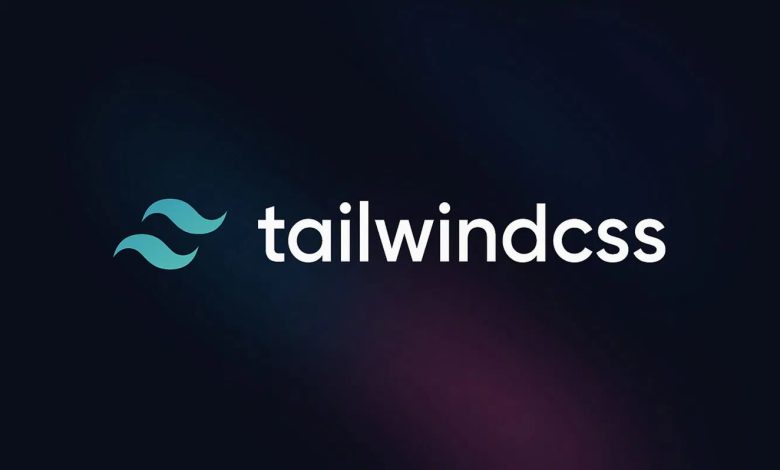Building Fast and Beautiful UIs with Tailwind CSS

In recent years, Tailwind CSS has taken the frontend development world by storm. Unlike traditional CSS frameworks such as Bootstrap or Foundation, Tailwind offers a utility-first approach that gives developers the flexibility to build highly customized and beautiful user interfaces without writing custom CSS for every element.
In this article, we’ll explore what makes Tailwind CSS special, why it’s so popular, and how you can use it to build fast, responsive, and modern UIs for your projects.
1. What Is Tailwind CSS?
Tailwind CSS is a utility-first CSS framework. Instead of providing prebuilt components, it offers low-level utility classes like flex, pt-4, text-center, and bg-blue-500 that can be combined to create any design.
Unlike frameworks like Bootstrap, where you’re restricted to predefined styles, Tailwind lets you build custom designs while still writing very little CSS.
2. Why Tailwind CSS Became Popular
Several factors explain Tailwind’s rise to popularity:
- Flexibility: You’re not locked into a specific design system.
- Speed: Utility classes make building UIs extremely fast.
- Customization: Easily configurable via
tailwind.config.js. - Responsive by default: Includes mobile-first utilities like
sm:,md:,lg:breakpoints. - Performance: Tree-shaking removes unused CSS, making final bundles lightweight.
3. Installing Tailwind CSS
You can install Tailwind in a project using npm:
Add the directives to your CSS file:
And you’re ready to go!
4. Building a Simple UI Example
Here’s a simple card built with Tailwind:
With just a few classes, you get a modern, responsive, and clean UI component.
5. Responsive Design Made Easy
Tailwind’s responsive system is one of its strongest features. Example:
sm:applies styles at small screen sizes.lg:applies styles at large screen sizes.
This makes building responsive UIs much easier compared to writing custom media queries.
6. Customization with Tailwind
Tailwind is highly customizable using tailwind.config.js. For example:
Now you can use bg-brand as a color in your project.
7. Advantages of Tailwind CSS
- Faster development compared to writing raw CSS.
- Consistent design system across large projects.
- Smaller final CSS size due to tree-shaking.
- Excellent documentation and community support.
8. Potential Drawbacks
- Steep learning curve: Utility classes may look confusing at first.
- Messy HTML: Your HTML may get cluttered with many classes.
- Opinionated: Some developers prefer writing plain CSS or SCSS.
However, these drawbacks are outweighed by the productivity benefits once you get used to Tailwind.
9. Tailwind in Real Projects
Tailwind is widely used by startups and big companies alike. Developers often pair it with frameworks like:
- Next.js (React)
- Nuxt.js (Vue)
- Laravel (PHP)
- Django (Python)
This makes it a universal solution for frontend styling.
10. Learning Path for Tailwind CSS
To get started with Tailwind effectively:
- Learn the basic utility classes (spacing, typography, colors).
- Practice building small components (cards, buttons, navbars).
- Work on larger layouts (dashboards, landing pages).
- Explore plugins (forms, typography, aspect-ratio).
- Build real projects with Tailwind integrated into frameworks.
Conclusion
Tailwind CSS has changed the way developers think about styling. Its utility-first approach speeds up development, ensures consistency, and gives developers full control over their designs.
If you’re tired of fighting with CSS or dealing with bloated frameworks, Tailwind CSS is a game-changer. Once you get comfortable with it, you’ll find yourself building modern, responsive, and beautiful UIs faster than ever before.

